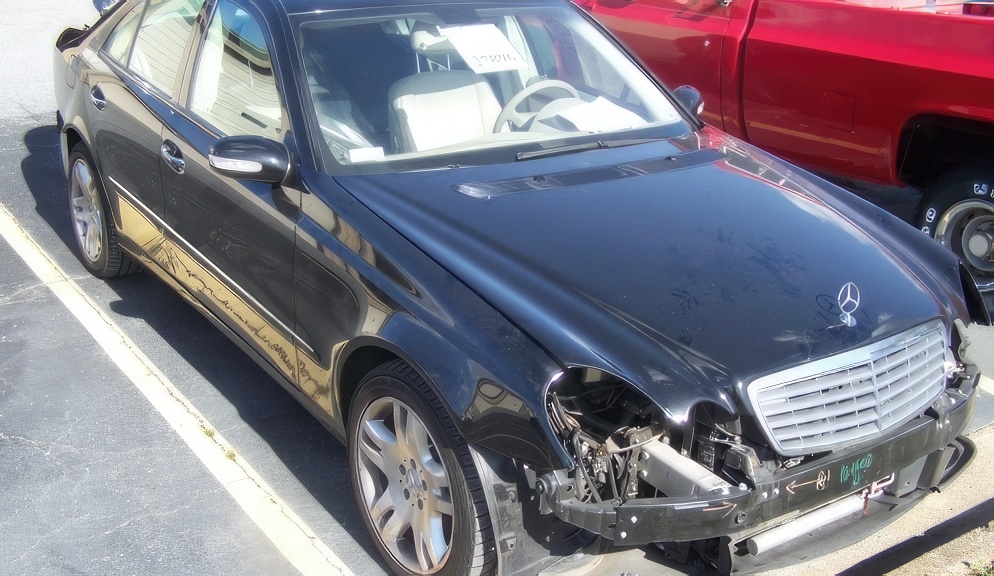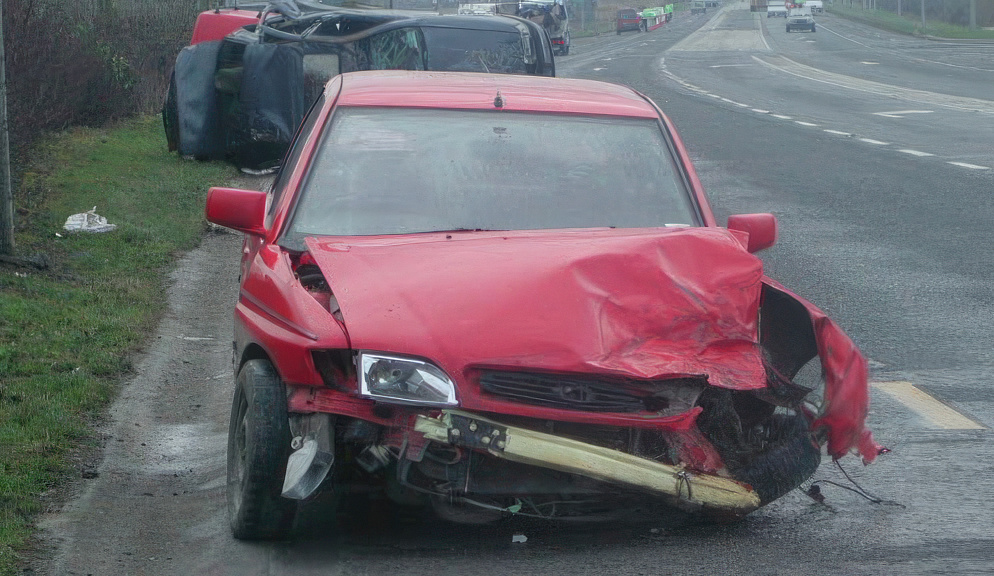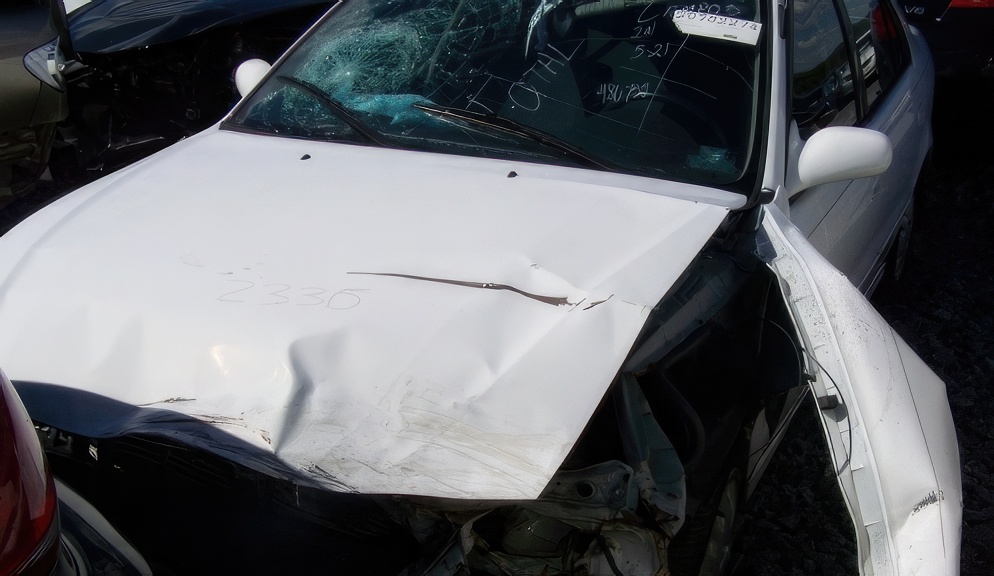Vehicle Diminished Value Claim Letters

Navigating through the aftermath of a vehicle accident involves not just repairs, but also addressing the potential loss in your car’s value. This is where a vehicle diminished value claim comes into play. It’s a request made to an insurance company to compensate for the loss in your vehicle’s value post-accident. A well-crafted diminished value claim letter can be pivotal in this process.
This article aims to provide a clear understanding of what constitutes a strong vehicle diminished value claim letter, with an emphasis on structure, content, and strategy.
Understanding Vehicle Diminished Value Claims
Before diving into the letter itself, it’s important to understand what a vehicle diminished value claim is. This type of claim seeks compensation for the loss in your vehicle’s resale value due to an accident, even after repairs. It’s based on the idea that a car with an accident history, regardless of how well it’s repaired, is less valuable than one with a clean history.
The Basis of a Vehicle Diminished Value Claim:
-
- The claim is typically filed against the insurance company of the party at fault.
- It seeks to cover the gap between your car’s pre-accident and post-repair value.
- The claim is relevant even if your vehicle has been fully and professionally repaired.
Importance in the Insurance Process:
-
- Filing a vehicle diminished value claim is a way to recoup the true cost of an accident.
- It’s an often-overlooked aspect of post-accident insurance claims.
- Understanding your rights and the insurance process is crucial for a successful claim.
Components of a Vehicle Diminished Value Claim Letter
A vehicle diminished value claim letter should be concise, factual, and well-structured. This ensures that the insurance company understands the basis of your claim and the amount you are requesting.
Essential Elements of the Letter
-
- Personal Information: Your name, address, and contact details.
- Claim Information: Date of the accident, claim number, and details of the involved parties.
- Vehicle Information: Make, model, year, and pre-accident condition of your vehicle.
Structuring the Letter
-
- Start with a formal greeting and introduction.
- State the purpose of your letter clearly and early.
- Break down the content into clear, concise paragraphs.
Presenting Your Case
-
- Describe the accident and its impact on your vehicle.
- Explain why a vehicle diminished value claim is necessary.
- Provide details of the appraisal and the estimated loss in value.
Crafting an Effective Vehicle Diminished Value Claim Letter
Writing a vehicle diminished value claim letter requires a balance of assertiveness and professionalism. It should convey the seriousness of your claim while maintaining a respectful tone.
Tone and Clarity
-
- Use a formal, polite, and clear tone.
- Avoid emotional language; stick to the facts.
- Be direct but courteous in your request for compensation.
Supporting Your Claim
-
- Include a detailed appraisal report to substantiate your claim.
- Provide before and after photos of your vehicle, if available.
- Attach repair documents and any relevant communication with repair shops.
Finalizing Your Letter
-
- Summarize your key points towards the end.
- State clearly the compensation amount you are seeking.
- Provide a deadline for response and mention your willingness to discuss the matter further.
Example of a Vehicle Diminished Value Claim Letter
The following is an example to guide you in drafting your vehicle diminished value claim letter. Remember, this is a template and should be customized to fit your specific situation.
[Your Name]
[Your Address]
[City, State, Zip]
[Date]
[Insurance Company Name]
[Adjuster’s Name]
[Company Address]
[City, State, Zip]
Dear [Adjuster’s Name],
I am writing to file a vehicle diminished value claim for my [car make, model, and year] following the accident on [date of the accident]. The claim number for this incident is [claim number], and the party at fault was [name of the party at fault].
Before the accident, my vehicle was in excellent condition with [provide details of mileage, maintenance records, etc.]. Post-repair, despite the high quality of work, the vehicle has undoubtedly suffered a loss in value due to its now tarnished accident history.
Attached to this letter, you will find a detailed appraisal report conducted by [name of the appraiser], a certified professional in vehicle valuation. According to this report, the pre-accident value of my car was [amount], while the current value post-repair is [amount]. This indicates a vehicle diminished value of [amount].
I respectfully request compensation in the amount of [requested amount], which represents the vehicle diminished value of my vehicle. I believe this amount is fair and accurately reflects the loss in value my vehicle has suffered due to the accident.
Please review this claim and respond by [provide a deadline]. I am open to discussing this matter further if needed. I appreciate your prompt attention to this matter and look forward to your response.
Sincerely,
[Your Name]
[Your Contact Information]
Maximizing Your Vehicle Diminished Value Claim
The vehicle diminished value claim process can be complex, but a well-constructed demand letter is a powerful tool in your arsenal. By following the guidelines outlined in this article and tailoring the example letter to suit your circumstances, you increase your chances of a successful claim. Remember, the key is to be thorough, factual, and persistent, ensuring that you are fairly compensated for the vehicle diminished value of your vehicle.





